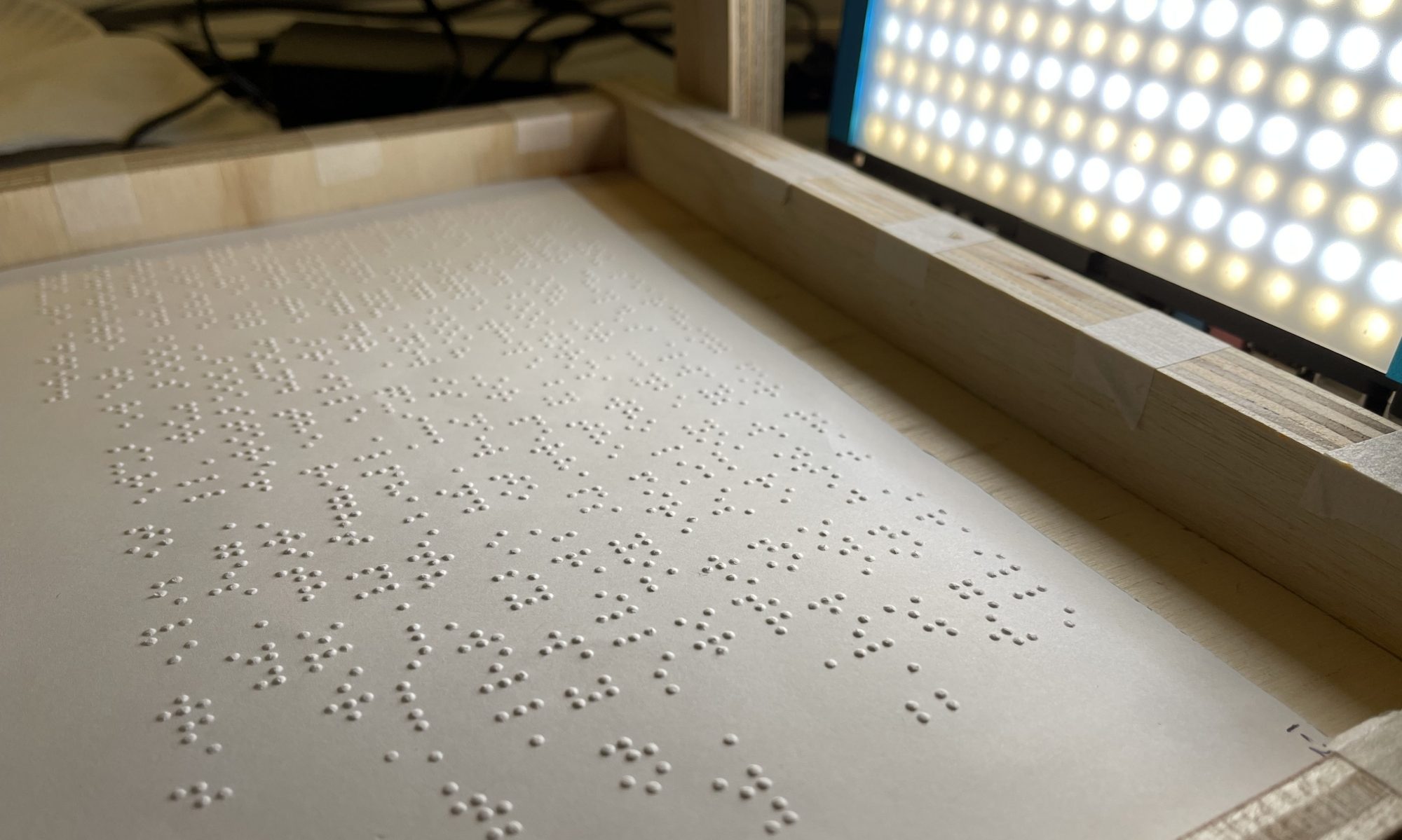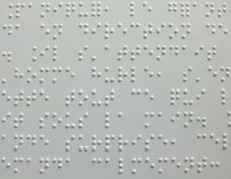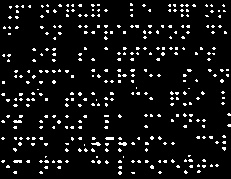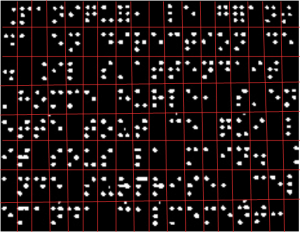1. What are the most significant risks that could jeopardize the success of the project?
At this point in our project, most of our significant risks involve the general success of the software we provide. Alongside this, relying on the processing capabilities of the hardware to reinforce our quantitative requirements and optimizing for proper performance. Also, if we are unable to find any significant research in braille CV detection, it will require a more bottom-up development that could require more time and research rather than optimizing.
2. How are these risks being managed?
By staying ahead of schedule in development, we can ensure we have plenty of time to do both unit testing and integration testing to give us a baseline for what needs to be worked on and optimized. We can continuously develop software in parallel so that it is easier to sidestep or add to the process if needed.
3. What contingency plans are ready?
Working steps have been modularized and parallelized to facilitate team cooperation and collaboration.
4. Were any changes made to the existing design of the system (requirements, block diagram, system spec, etc)?
While we are actively workshopping our design, some of the major considerations we made in the past weeks apply to narrowing the scope of our project and ironing out the details of our MVP. After speaking with Professor Yu, it became clear that we wanted to prioritize functionality and performance to meet our use-case requirements, with form factor and comfort as a secondary goal. Therefore, we decided to follow Alex’s advice to develop our MVP on the Jetson Xavier, which would provide ample headroom for optimization. However, due to its size and weight, the Jetson would not fit comfortably on a helmet or mounted to glasses, as we had originally envisioned. Therefore, we are likely to update our MVP to a wearable camera linked to the Jetson worn on a vest.
Following our Proposal Presentation, we received a lot of insightful feedback from our instructors and peers. Namely, there was some confusion about the technical details of our MVP and what our test environment would look like. As we move into the design stage of our development cycle, we will make sure to emphasize these features for our report and presentation. This is especially important so that our team has a clear idea of our goal by the end of the semester and so that we can order relevant materials ahead of time. There were also questions about how our solution addressed the problems we introduced in our use case. As we have narrowed our scope down to a more manageable size, we have also managed some tradeoffs in terms of functionality. However, we hope that our MVP will provide a strong foundation from which the path to an ideal solution will become clear.
5. Why was this change necessary, what costs does the change incur, and how will these costs be mitigated going forward?
Specifically, obtaining the actual Jetson Xavier board made us realize that it would be realistically impossible for the users to carry around all the parts on top of the helmet due to its heavy weight and bulky size. Therefore we will be adopting a combination of camera mounted glasses and a vest for our initial build design. Since we have been in the design phase so far and haven’t built the hardware yet, there will not be any costs that require further mitigations.
6. Provide an updated schedule if changes have occurred.
We have not made any changes to our schedule as a result of the updates we made to our design this week. Looking ahead on our Gantt chart, next week will be dedicated to planning out the technical details of our project and preparing our Design Review presentation. This will likely involve experimenting with the hardware and software involved in developing our MVP.





